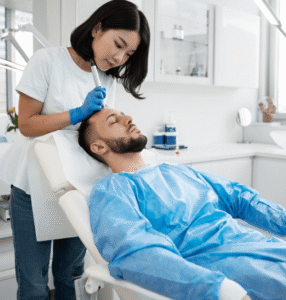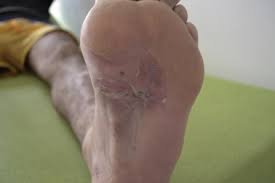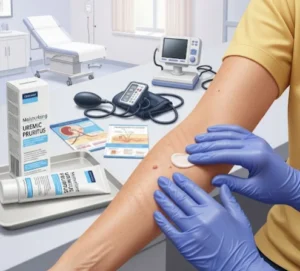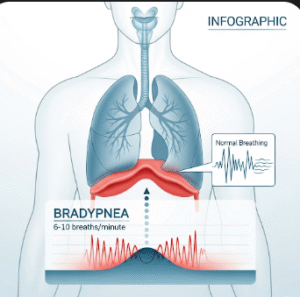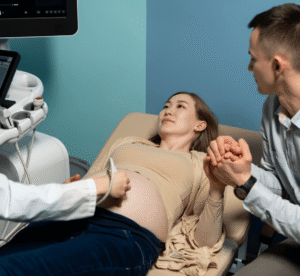What It Is
Capsular contracture treatment addresses one of the most common complications after breast implant surgery. The body naturally forms a capsule of scar tissue around breast implants, but in some cases, this capsule becomes excessively tight, thick, or hard, leading to pain, distortion, or displacement of the implant.
In Korea, treatment options include both non-surgical management for mild cases and surgical correction for moderate to severe capsular contracture. Surgical approaches may involve capsulectomy (removing the capsule), capsulotomy (releasing the capsule), implant exchange, or switching to a different implant plane.
Why It’s Done
Patients undergo capsular contracture treatment because:
- The breast feels hard, painful, or overly firm.
- Implants appear misshapen, distorted, or too high on the chest.
- The breasts feel unnatural in texture or movement.
- Severe contracture causes discomfort and aesthetic dissatisfaction.
Good candidates include:
- Women with confirmed capsular contracture after breast augmentation or reconstruction.
- Patients in good health who want improved comfort and breast appearance.
- Individuals who may also want implant replacement or removal.
Alternatives
- Massage, ultrasound, or external therapies: Sometimes recommended in very mild cases but with limited effectiveness.
- Medications: Leukotriene inhibitors or steroids may soften mild contracture, though not always effective.
- No treatment: An option for patients with mild contracture who are not significantly bothered.
Preparation
Before capsular contracture treatment in Korea, patients will:
- Undergo physical examination and imaging (ultrasound, MRI) to assess capsule thickness.
- Review implant history and discuss implant type, placement, and duration.
- Stop smoking and alcohol 2–4 weeks before surgery.
- Avoid blood-thinning medications and supplements.
How It’s Done
- Anesthesia: General anesthesia is most commonly used.
- Techniques may include:
- Capsulotomy: Cutting or releasing the scar tissue capsule to allow implant expansion.
- Capsulectomy: Partial or total removal of the capsule around the implant.
- Implant exchange: Replacing the old implant with a new one, often of a different type or texture.
- Pocket change: Moving the implant from above to below the muscle (or vice versa) for improved outcomes.
- En bloc removal: Removing implant and capsule together, usually if severe inflammation is present.
- Duration: 1–3 hours depending on complexity.
Recovery
- First week: swelling, soreness, and tightness in the breasts.
- Stitches are typically removed in 7–10 days if not dissolvable.
- Light activities resume in 1 week; strenuous activities in 4–6 weeks.
- Final results visible within 2–3 months as swelling decreases.
Possible Complications
- Recurrence of capsular contracture.
- Implant malposition or asymmetry.
- Infection or delayed healing.
- Changes in nipple or breast sensation.
- Rare risks: bleeding, implant rupture, or need for additional revisions.
Treatment Options in Korea
Diagnosis
- Physical examination and imaging to determine contracture severity (often graded using the Baker scale I–IV).
- 3D breast simulation to plan implant exchange or pocket changes if needed.
Medical Treatments
- Oral medications or localized injections to soften capsules in early stages.
- Massage or ultrasound therapy for very mild contracture.
Surgical or Advanced Therapies
- Capsulotomy for less severe contracture.
- Partial or total capsulectomy for moderate to severe cases.
- Implant exchange with new generation implants for improved outcomes.
- Pocket conversion to reduce recurrence risk.
- En bloc removal if both implant and capsule need to be removed for safety.
Rehabilitation and Support
- Use of compression garments or specialized bras during recovery.
- Scar management with silicone gels or laser treatments.
- Long-term follow-up to monitor recurrence or implant stability.
- International patients benefit from Korea’s refined revision breast surgery techniques, advanced implant options, and comprehensive aftercare programs.


